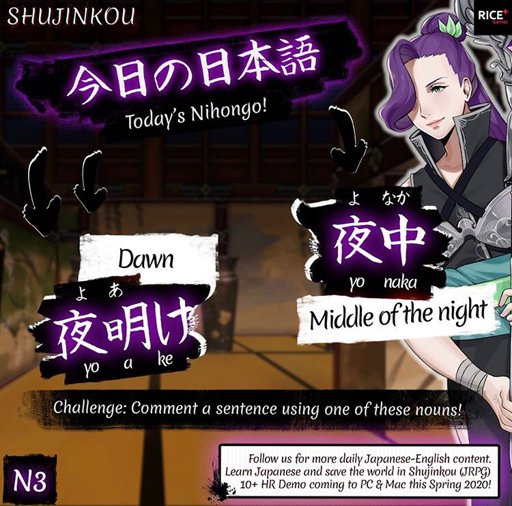



Anki is a program which makes remembering things easy.

The app makes learning a new language fun by breaking learning into small lessons where you can earn points and move up through the levels.
#IKANJI VERSUS WANIKANI ANDROID#
Duolingo is a free language learning app for iOS, Windows and Android devices. Powerful and easy-to-use online Japanese-English dictionary with words, kanji and example. Master kanji, hiragana and katakana, along with Japanese grammar and vocabulary. What are some alternatives? When comparing Kanji Koohii and WaniKani, you can also consider the following products Personally, I use Wanikani.Īs far as what I think will actually teach you Japanese, I think following the structure of SRS-based tools like WaniKani, KameSame, and bunpro is a great starting point, but you will need a lot of supplemental material. If you learn a different way, then you definitely can, but you will have to make a structure plan for yourself. That being said, you can learn kanji without it but WK provides really good structure for you and eliminates the hassle. Next kanji, I suggest checking out WaniKani and trying out the first 3 levels which are free, see if it's for you. Their whole deal is learning kanji and radicals through cute mnemonics and wordplay. Later items in the graph are unlocked by getting the previous.ĭoes anyone have any interesting image associations they use to remember certain Kanji? For example I remember milk (牛乳) as looking kind of like a farmer milking a cow. Basically their system involves first learning to recognize common parts of kanji (radicals), then learning to recognize kanji made up of those radicals, and finally learning vocabulary that uses those kanji. Wanikani, an SRS for learning Japanese kanji and vocabulary, kinda works like that, though on a simpler level than what I think you envision. (free version of that doesn't constrain you as much and allows you to add your own words, etc.). It's also nice to know there's a few kinds of kanji: ones that are picture representations of something like 木 kanji is a picture of a tree, one's that are 2 symbols combined for a new meaning like 明 sun and moon combine for "bright", ones that are symbolic of concepts like something drawn over something else for "above' 上, and ones where a phonetic part of the kanji came from it's pronunciation at some point. Wanikani is an alternative that is popular, but I have never used it - same concept different teaching method. You learn how they are made up, so you recognize differences. If you do RTK use It is the best way to learn the kanji by associating a keyword to the symbol. You have to use because, it has crowdsourced mnemonics which are better. RTK is not working for me - any alternatives? There is a community in the kanji koohii website () regrouping people that study the same book so you'll find plently of advice and good stories over there. It is a book designed to teach the shape of the 2000 most common kanji by little stories. For kanji, I recommend the book RTK ("remembering the kanji"). What was your greatest source in learning Japanese?


 0 kommentar(er)
0 kommentar(er)
